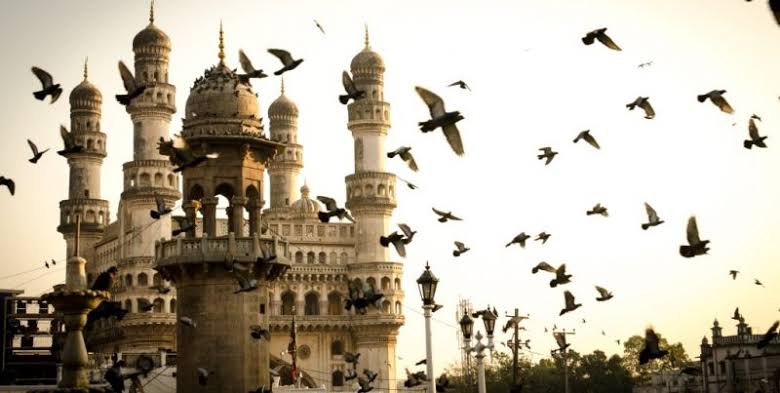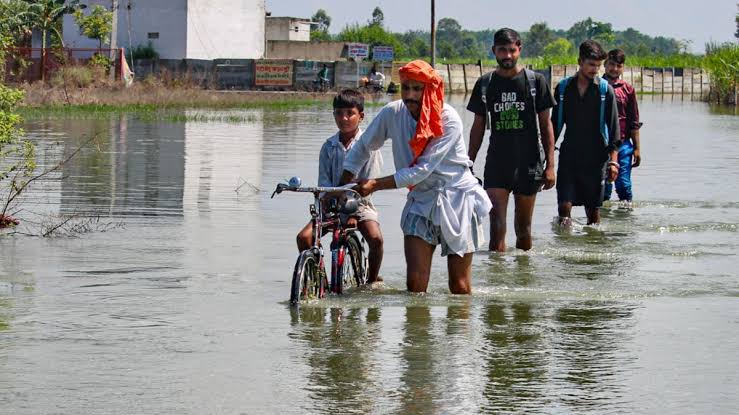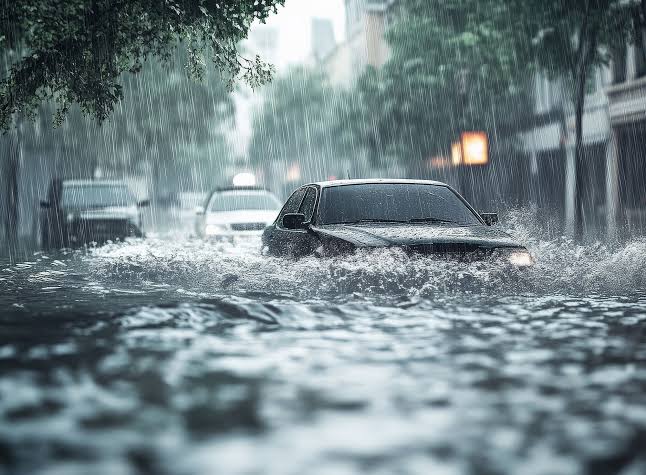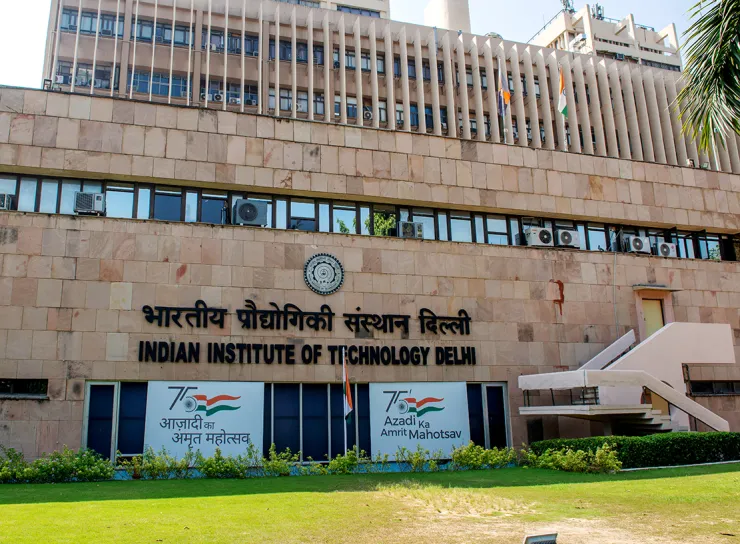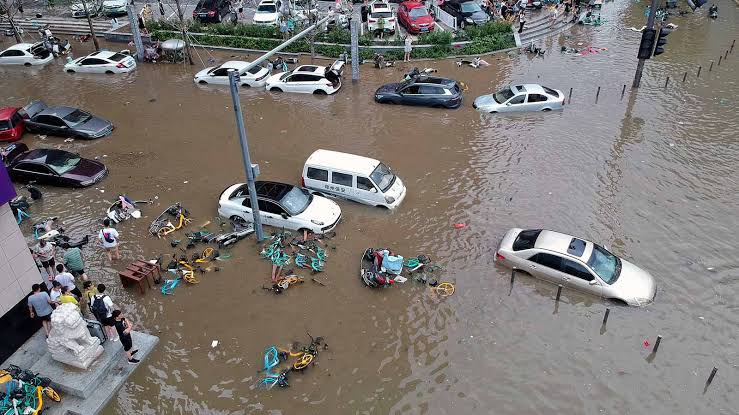
India endures a growing climate threat: flash floods sudden, violent deluges claim more than 5,000 lives each year as global temperatures rise and rainfall intensifies. Between 2020 and 2022, flash flood events surged from 132 to 184 incidents, underscoring the rapid escalation of risk.
This hazard stems from multiple factors: extreme, localized rainfall (including cloudbursts), glacial lake outbursts, dam failures, and landslides especially in mountainous regions. Steep Himalayan slopes, fragile soil, and unplanned land use magnify vulnerability while urban expansion, poor drainage, and deforestation exacerbate risks in cities. An IIT Gandhinagar study highlights that areas previously considered low-risk—particularly in western and central India are now seeing significant increases in extreme rainfall and streamflow.
To navigate this rising threat, India needs dynamic early warning systems, climate-resilient infrastructure, strict land-use planning, and local vulnerability mapping to build long-term adaptation, not reactive disaster response. Without these measures, flash floods will continue to devastate communities across the country.
Tags:
Post a comment
Delhi braces for rain and rising yamuna levels!
- 02 Sep, 2025
- 2
Trash to Treasure: Mumbai’s Plastic Recyclothon Revives Waste!
- 26 Sep, 2025
- 2
Rare Blood Moon eclipse tonight don’t miss it!
- 07 Sep, 2025
- 2
Why does Rain stops magically Just before you head to...
- 13 Aug, 2025
- 2
200-feet amer fort wall in jaipur falls amid heavy rains!
- 23 Aug, 2025
- 2
Categories
Recent News
Daily Newsletter
Get all the top stories from Blogs to keep track.






